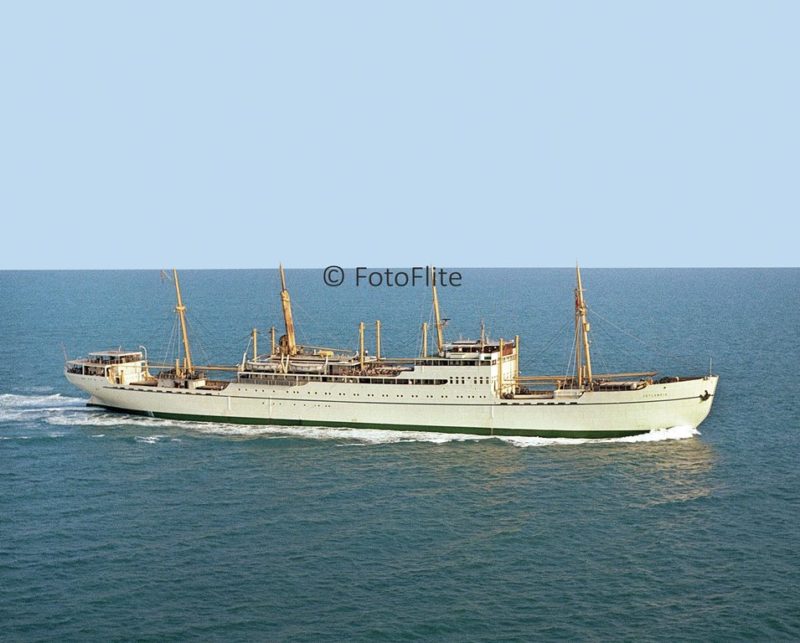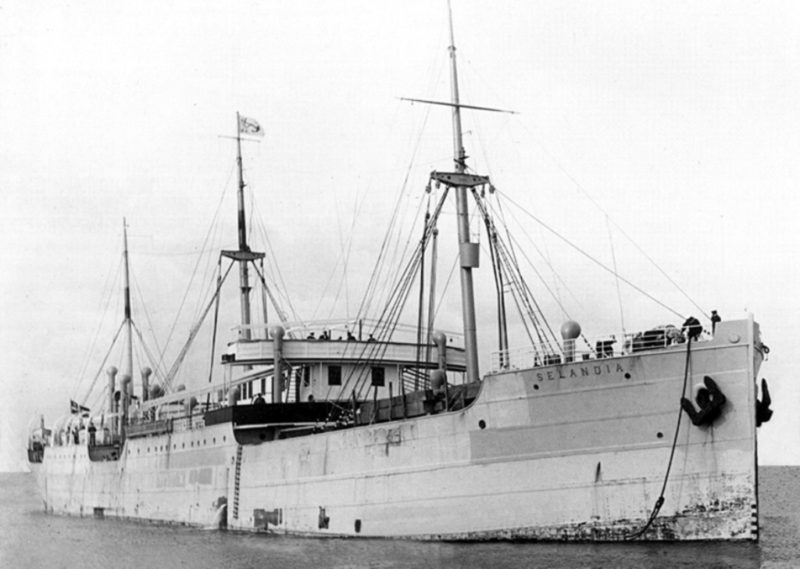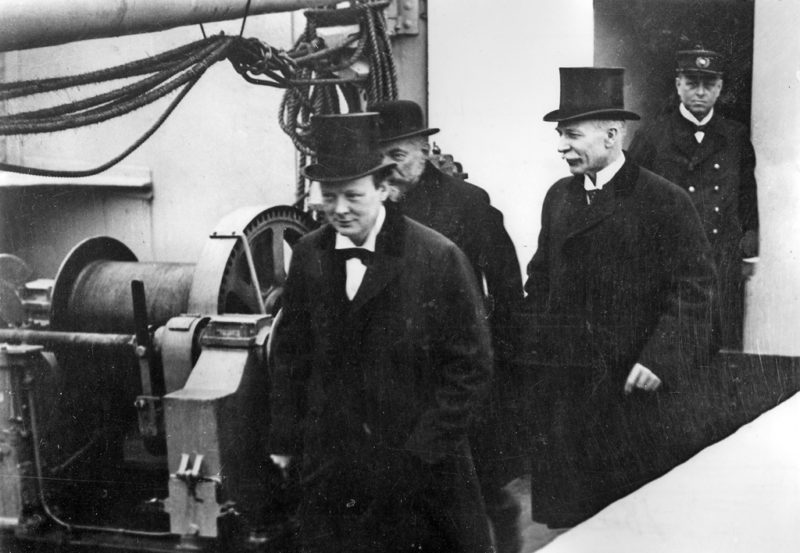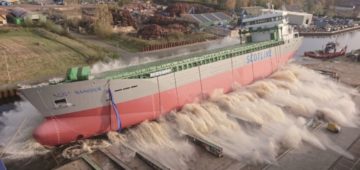The unique funnel-less ships of The Danish East Asiatic Company

In 1961 I was serving as a young midshipman on board the Glen Line of London’s good ship Glenshiel. On a sweltering afternoon whilst on cargo watch at the crowded anchorage of Port Swettenham (now Port Klang) in Malaysia, I chanced to look over the starboard side of the fore deck just as a large outbound ship ghosted by at slow speed. She was the 1934 built Jutlandia, belonging to the Danish East Asiatic Company, and I never forgot how graceful and completely unique she looked, even compared to the good looking ships of The Glen and Blue Funnel Lines of Great Britain. I later that day understood her to be just one of a class of ships reaching back to the early parts of the twentieth century, and that she was probably the very best of them.
The Selandia of 1912 and the Jutlandia of 1934 largely ‘book-ended’ a period when the Danish East Asiatic Company was very much a key player on the European to Far Eastern maritime trade routes. The Selandia was not the first ‘funnel-less’ EAC ship, just as Jutlandia was not the last, but for entirely different reasons they both became very famous indeed.
When the idea of the motor ship ‘Selandia’ was first conceived in 1911, it was clear that what was truly ground-breaking was not the lack of funnels, but rather the method of propulsion. Despite that, the sight of successive funnel-less ships under the EAC flag as the twentieth century wore on never ceased to arouse curiosity, dislike or admiration in equal measures, wherever they were seen. From the ground-breaking innovation of the motor ship Selandia in 1912, to the demise of the much admired Jutlandia in 1965, they were uniquely unmistakeable.


In maritime terms, the arrival of the diesel engine in 1894 as designed by the German inventor Rudolph Diesel caused little stir initially, since early models were too small with too low an output to be considered for installation on-board large ocean going vessels. But when Burmeister & Wain acquired the Danish patents in 1901, they embarked on a programme of research and development which culminated in the production in 1911 of an engine capable of powering a ship the size of the proposed new building for EAC, namely the Selandia.
The Selandia thus entered service in 1912, with a deadweight of around 6,800 tons, a length of 370 feet and breadth of 53 feet, arguably the first ocean going diesel powered vessel, although the Dutch motor tanker Vulcanius also lays claim to that honour. She featured a twin screw system, and her B&W engines were two 8 cylinder 4 stroke units. Very soon, the advantages of this method of propulsion at sea became clear to ship owners, due to the huge savings to be made in fuel costs, the reduction in the weight of diesel fuel as compared to coal, the subsequent increase in cargo and passenger capacity, and reduction in crewing costs. No more armies of stokers to tend furnaces and boilers!


Subscribe today to read the full article!
Simply click below to subscribe and not only read the full article instantly, but gain unparalleled access to the specialist magazine for shipping enthusiasts.





Comments
Sorry, comments are closed for this item